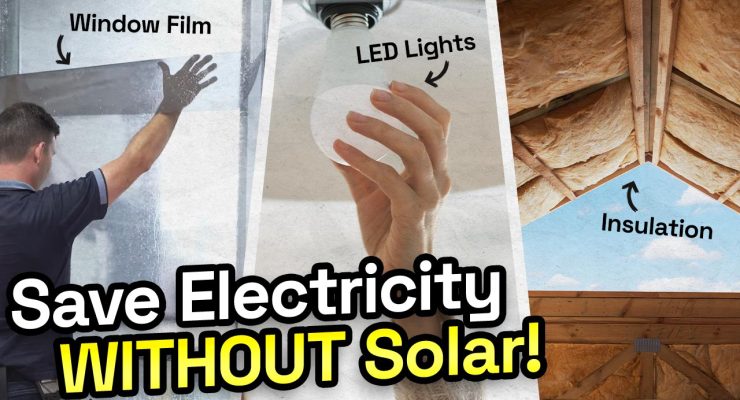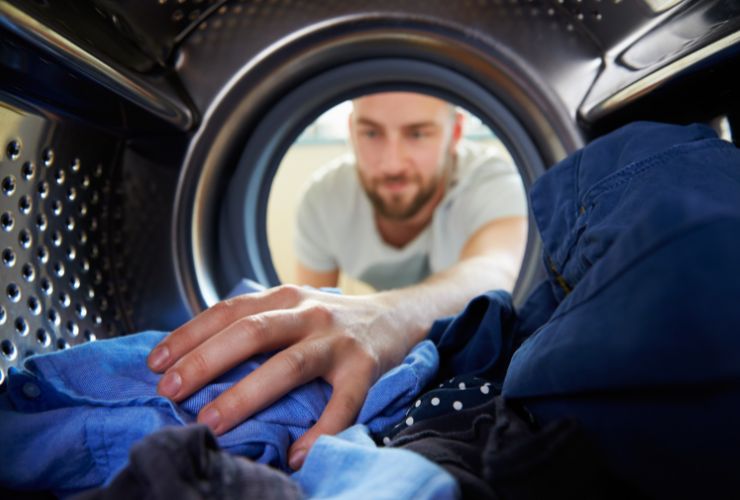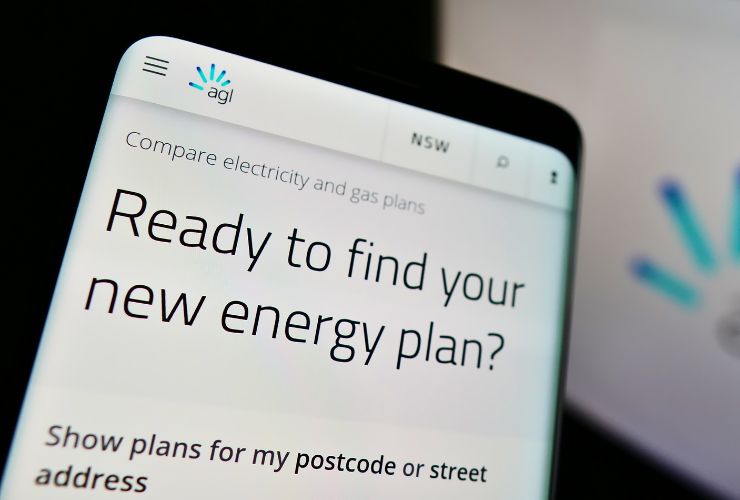
Fast read
Moving to LED lighting, which uses less energy than outdated options like incandescent or CFL bulbs, is one way to go green. As hot water and electric dryers can raise your electricity bill, another option is to wash your clothing in cold water and hang it up to dry.
Awnings and solar film on windows can lower heat loads on your home, and improving insulation in your roof and walls can help you control heating and cooling expenditures. Additionally, adopting energy-efficient appliances, adjusting your thermostat to a comfortable level, and caulking draughts can all help you save money on electricity.
How to Reduce Your Electricity Bill – Practical Tips for Big Savings
Reducing your electricity bill doesn’t have to mean drastic lifestyle changes. With some savvy adjustments to your home and habits, you can see significant savings. Whether or not you have solar panels, here’s how to optimise energy use without compromising comfort.
Upgrade to Energy-Efficient Lighting
- Switch to LED Bulbs: LEDs use 80-90% less energy than incandescent bulbs and last significantly longer.
- Replace CFL Bulbs Gradually: While CFLs are more efficient than incandescents, LEDs outperform them in energy savings.
- Action Step: Walk through your house, identify older bulbs, and replace them with LEDs over time.
Wash Smarter to Save on Energy
- Wash Clothes in Cold Water: Cold water cleans just as effectively as hot water with modern detergents, reducing energy usage.
- Air Dry When Possible: Use a clothesline instead of an electric dryer whenever the weather permits.
- Action Step: Adjust your washing machine settings to cold water and plan drying around sunny days.

Insulate Your Home for Year-Round Comfort
- Install Roof and Wall Insulation: Proper insulation traps heat in winter and keeps your home cooler in summer.
- Consider Heat-Reducing Upgrades: Use awnings, solar films, and window tinting to reduce the heat load on your home.
- Action Step: Check for drafts around windows and doors and seal any gaps to keep energy costs down.

Compare Energy Plans for Better Deals
- Switch Energy Providers Annually: Loyalty doesn’t always pay – new customers often get the best rates.
- Understand Peak Usage Periods: Shift energy-intensive tasks like laundry or dishwashing to off-peak times for lower rates.
- Action Step: Use comparison websites to find the best energy plans in your area.

Monitor and Reduce Standby Power
- Install Energy Monitors: Identify appliances consuming the most power, even in standby mode.
- Encourage Family Participation: Help everyone understand where energy is being wasted and make collective changes.
- Action Step: Unplug devices or use power strips to easily turn off standby power when not in use.
Upgrade to Energy-Efficient Appliances
- Invest in Modern Appliances: Older air conditioners and heaters use significantly more electricity than newer models.
- Prioritise Reverse-Cycle Air Conditioning: It’s more efficient than small portable heaters or fans for heating and cooling.
- Action Step: Conduct a home energy audit and replace outdated appliances over time to cut long-term costs.
Ready to Reduce Your Electricity Bill?
Reducing your electricity costs is a combination of small, smart changes that add up to big savings. Start with one or two tips, then expand as you go.